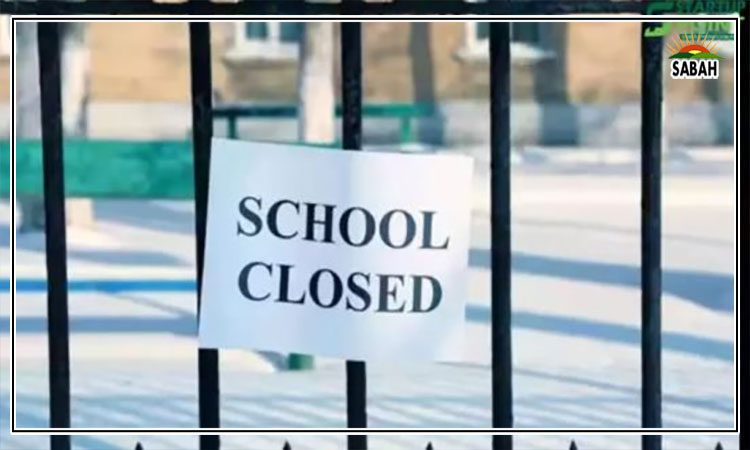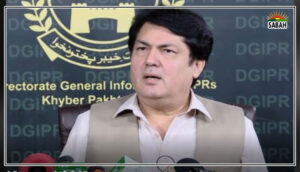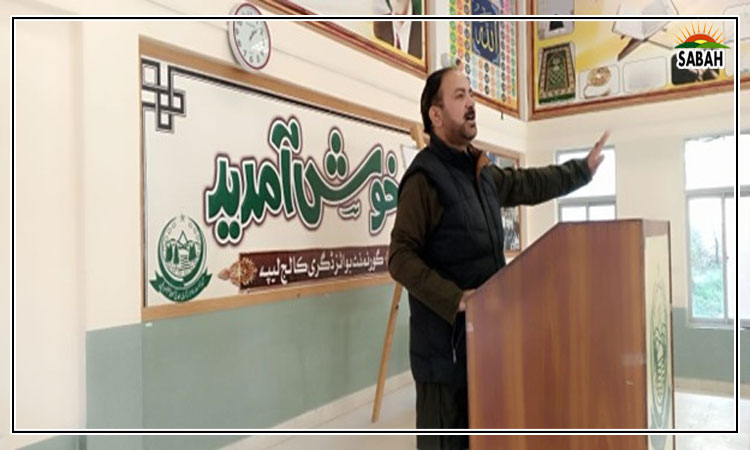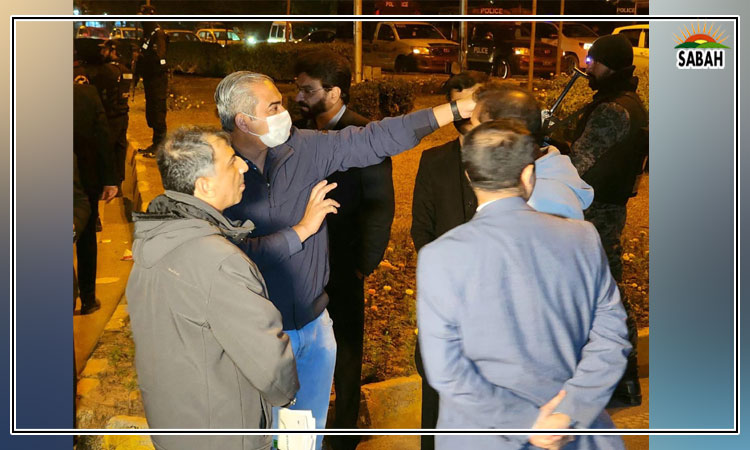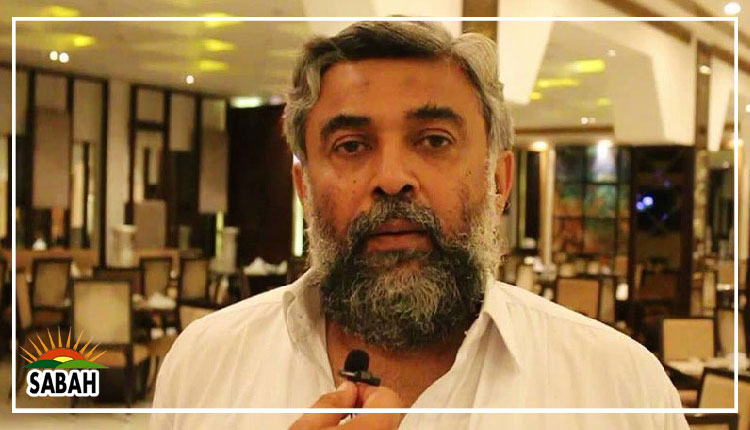Public toilets for women…Dhuha Alvi | Arif Hasan
WHEN general elections loom, the one issue that all political parties raise to win over potential voters is public infrastructure. Plans for building new roads and flyovers (often unnecessarily), and improving existing ones, become part of their largely unfulfilled manifestos. They also talk of education, employment, health and public transport. But in all this, the missing piece of the jigsaw puzzle are public washrooms. As per a 2015 Unicef estimate, 41 million Pakistanis do not have access to a toilet. The absence of public toilets limits the possibility of maintaining a land-use plan, worsens public health and restricts access to education, employment and recreation, especially for women.
Women in Karachi maintain that one reason why they frequent new malls in the city is because they contain clean, well-lit toilet facilities. Understanding the necessity for public toilets, the Sindh government decreed in 2012 that the private sector build public toilets with every petrol pump. This was implemented, but today, they have no water, no lights and are unclean. Gen Zias ban on public urinals about four decades ago had also exacerbated the problem because in the absence of public toilets, cisgender men resorted to urinating in the open which put children at risk of stunting. Women have been the worst sufferers as unlike men, they cannot even relieve themselves in the open due to sociocultural and biological factors.
When it comes to biology, it is no secret that most women typically menstruate for four decades. In a culture where menstrual products are kept hidden from the public eye, it is unsurprising that the need for period-friendly and, thus, women-friendly public facilities is brushed under the rug. This probably does not cross the minds of our policymakers, given that the bulk of them are cisgender men who have never had to face the physical and emotional pain of menstruating.
Then come sociocultural factors, which are intertwined with biological considerations. There is evidence to show that conversations about urination facilities are taboo in conservative societies like ours; women are discouraged from drinking water or eating adequately at their office for as long as they are outside their home just so they dont have to undergo the discomfort of locating and using a public washroom.
Women-specific washrooms (rarely found in public spaces) tend to be situated in dark corners and are poorly designed. Bathroom locks are either non-existent or weak, increasing the threat of sexual violence. Ultimately, womens health is jeopardised because their bodies do not get the required nutrients or hydration. Moreover, they develop urinary tract infections as commonly seen after the 2022 floods, when millions of women struggled to use washrooms in the camps.
When public washrooms are unavailable or unclean and without water, girls and women are disproportionately hit. They are forced to miss school or work, and eventually confine themselves to their homes. Those opposed to girls education benefit from this gap in service delivery. Womens workforce participation and education take a backseat, allowing an already male-dominated society to further exclude women.
A major reason for the non-maintenance of existing public washrooms is that the government body that owns them rents them out to contractors for maintenance, without proper monitoring. The contractor charges people which deters many from using the washrooms. Sanitary workers who clean them complain of being overworked, underpaid, or not paid at all for months.
According to a 2016 WaterAid report, Pakistan is among the 10 worst countries for access to toilets. This highlights the need for urgent intervention by public-sector institutions. Gender-segregated public washrooms need to be constructed in every district of Karachi with guaranteed supply of clean running water, soap and toilet paper (and sanitary pads). Three months ago, Karachi administrator Saif ur Rehman vowed to have 100 public washrooms constructed in Karachi half of them for women. There is a need to follow up on this promise and make sure that it materialises, though 100 toilets are a drop in the ocean.
If we get enough well-kept public toilets, our society will change rapidly. More women from the middle and working classes will be able to conduct business and trade, study, do paid work, and occupy public spaces for leisure. The public spaces housing these toilets will also be frequented much more than they are today, hence fortifying womens right to the city and nurturing an equitable, gender-sensitive society.
Dhuha Alvi is a writer whose research revolves around gender, class and politics. Arif Hasan is an architect and urban planner.
Courtesy Dawn



